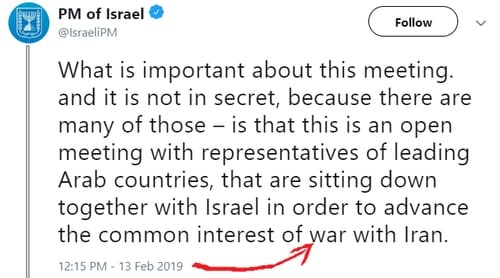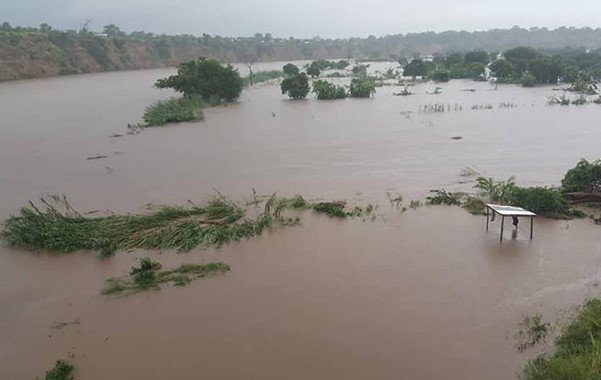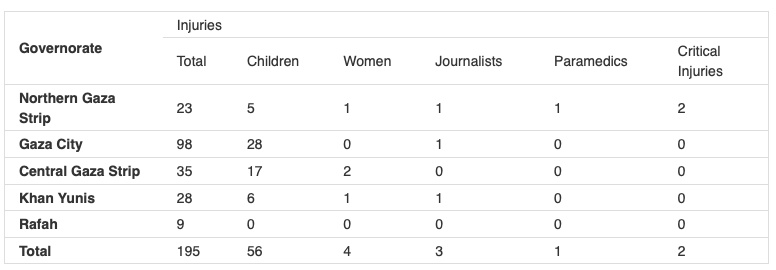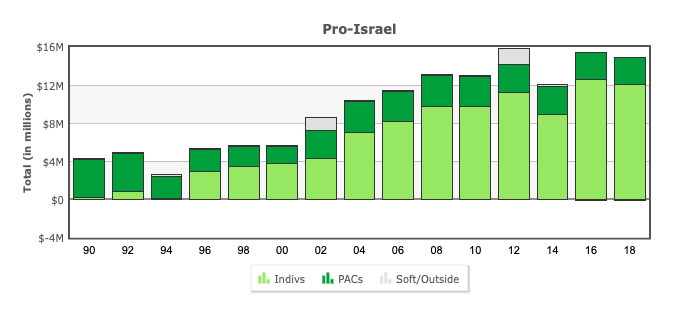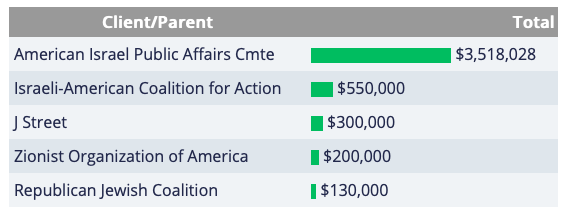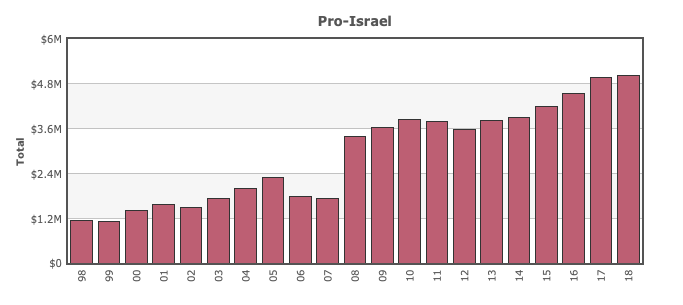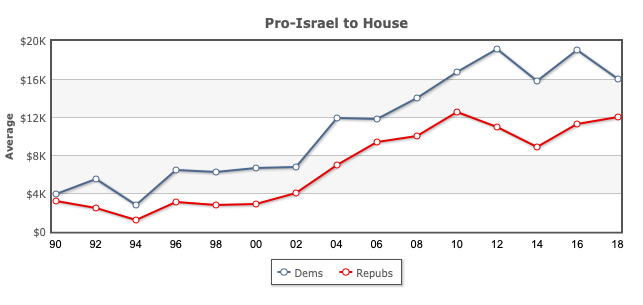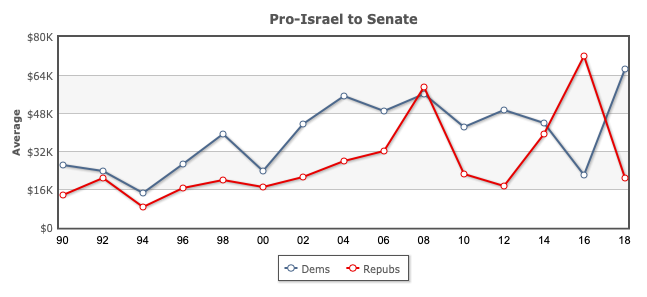Syria: Suspected Al-Qaeda Chemical Attack in Northern Hama and Al Skeilbiyyeh Bells Ring in Defiance
April 1st, 2019 by Vanessa Beeley
Al Skeilbiyyeh – on the 23rd March 2019 I entered the Syrian Christian town of Al Skeilbiyyeh. Between 4 and 5pm, at least four villages to the west of the town were attacked by Hayat Tahrir Al Sham (HTS) forces embedded to the north of the villages. HTS is a poorly disguised rebrand of Al Qaeda or Nusra Front in Syria and now controls the majority of Idleb province and terrorist-held areas of Northern Hama bordering Al Skeilbiyyeh.
.

One of the child victims of the suspected chemical attack in Northern Hama, arriving at Al Skeilbiyyeh hospital. (Photo: local photographer)
The villages of al-Rasif, al-Aziziyyeh, al-Khandaq and al-Jayyid were hit by an estimated 5 mortars. 34 victims of a suspected chemical attack were brought to Al Skeilbiyyeh hospital after being treated at the scene of the attack. I spoke to pediatrician, Dr Modhesh Farha who informed me that three children were among the victims, one of whom was severely affected with breathing difficulties. By the time I arrived at the hospital at around 11pm, two of the children had been released back to their families.

One of the victims suffering with breathing difficulty – Sajiaa Abu Kahla, from the village of al-Khandaq (Photo: Vanessa Beeley)
Medical staff and doctors told me that victims were washed at the scene of the attack before being brought to the hospital where doctors had administered oxygen, saline drips, antibiotics in some cases, and cortisone (steroids) for the shock. Symptoms described to me included – respiratory problems, sinus problems, skin blisters, damage to the cornea of the eyes and nausea. While I was speaking with doctors in front of one patient, she went into what appeared to be a toxic shock reaction (also confirmed by the doctor). The following video shows this moment – warning, it is distressing:
I spoke with some of the victims who were already starting to recover. They described the attack taking place between 4 and 5pm. They are used to regular mortar attacks from the extremist groups embedded in the surrounding countryside but this was the first time they had experienced what appears to have been a chemical attack. The nephew of one victim, Sajiaa Abu Kahla, from the village of al-Khandaq (see photo above), described his aunt struggling to breathe after inhaling the white “smoke” that was seen after the attack, he told me:
“Smoke, white smoke, its color was white, it covered the land, this was in the village of al-Rasif”.
Another victim I spoke to, Nawfal Tawbar, described the same white smoke that hovered about one meter above the ground and was very thick and static. He told me that he had also had difficulty breathing, he reported a stinging in his sinuses. Tawbar also reported a strong smell of bleach from the smoke. This testimony was repeated almost without variation by all victims I manged to interview despite the chaos in the hospital as ambulances brought more patients for treatment. Tawbar’s interview is here:
We were told at the hospital that a Syrian/Russian team had been immediately despatched to collect soil samples etc and to ensure the area was safe for residents to return to once they had recovered sufficiently. HTS were being held responsible for the attack. To date, I am unaware if the OPCW has been mobilised to investigate this event. Previously, on 24th November 2018, so-called “moderate rebels” appeared to use chemical weapons in an attack on districts of western Aleppo, the OPCW has not produced a final report on this attack so far, despite having deployed the Fact Finding Mission (FFM) in December 2018 and January 2019.
As far as I am aware no colonial media outlet reported on this suspected chemical attack. A quick google search reveals two reports by SouthFront and AlMasdar News and local news agencies. There were no White Helmet theatrics to attract western media, no opportunity to further criminalise the Syrian government and its allies. The wrong kind of Syrians were affected by this attack – the villages and towns in this region are steadfast in their resistance against the U.S coalition campaign to destabilise Syria and to topple the Syrian government – their voices, their suffering does not serve the agenda of the NATO-aligned media.
Ongoing terrorist attacks
The towns of Al Skeilbiyyeh and Mhardeh, about 3o minutes apart, have been under sustained attack by the HTS-controlled extremist armed groups over the last few weeks. Despite a Russian/Turkish brokered ceasefire, the armed groups have systematically been targeting civilian and residential areas in both towns. In Mhardeh, the electrical power station is constantly under attack which has a detrimental effect on the whole country as it supplies electricity to an extensive area of Syria, including Damascus.
I had previously visited Al Skeilbiyyeh shortly after a particularly destructive series of attacks. Commander of the local, volunteer National Defence Forces, Nabel Alabdalla, told me that he believed the “rebels” were using a new, more destructive form of C4 explosive that was capable of causing much more widespread damage to entire neighbourhoods. Al Skeilbiyyeh had received more than 25 rockets/mortars over a three week period, invariably targeting schools, civilian homes and busy markets. Watch my full interview with Nabel just a few days after one of the attacks:
On September 7th 2018, the same armed groups supplied and promoted by the U.S coalition, Turkey, Qatar and Saudi Arabia had targeted Mhardeh with ground-launched cluster munitions. Two days later, the same munitions were used to target Al Skeilbiyyeh causing considerable damage to infrastructure but thankfully not claiming any lives.
In Mhardeh, 13 civilians were murdered in this attack, some dying later in hospital from the awful wounds they had sustained. Shadi Yousef Shehda lost his three children, his wife and his mother in the Mhardeh massacre. I met with Shadi over Christmas 2018 when he told me that he would never leave the “city of the sun”, Mhardeh, despite his unimaginable grief and loss.
#Syria#Aleppo scenario all over again
"Syrian government, with Russia’s support, is ramping up its bombing of schools & hospitals, targeting civilian infrastructure in the opposition holdout of #Idlib" acc to 'activists' & #WhiteHelmets
Remember #LastHospital, etc in Aleppo? https://t.co/s36kffpDyy
— Malinka🔸Tanya P (@Malinka1102) March 28, 2019
Again, these attacks barely register in western media while the hysteria over retaliatory attacks by the Syrian Arab Army and allies is commonplace. Without these defensive measures by the SAA and Russia who knows how many more civilians would have lost their lives by now in the towns bordering terrorist-held northern Hama and Idleb. This threat to besieged Syrian towns appears to be of no consequence to media in the West.

One of the ground launched cluster munition rockets that targeted Al Skeilbiyyeh in September 2018. (Photo: Vanessa Beeley)
As one National Defence Forces soldier says in this video…. “the terrorists are cowards” – they will never face the soldiers of Al Skeilbiyyeh on the battlefield, they prefer to kill or maim the elderly, children, pregnant women – on 16th March 2019 three children were injured during one attack, one child later died from their wounds. Ayat Mahmoud, a young Palestinian woman from Damascus living in Al Skeilbiyyeh was also killed in this attack. She was pregnant, her child was due in one week. What did these children or an unborn child do that they should be targeted by western-sponsored terrorism in their own homes.
This shameful aspect of this externally fomented war is hidden from view by The Guardian, the BBC, CNN and Channel 4 and others, it is unreported and disappeared just as many of the terrorist atrocities have been conveniently ignored throughout the 8 year war that has been waged against the Syrian people.
The UK Foreign Office (UK FCO) has poured £ 2.8 billion into “humanitarian aid” for Syria. Aid that is supplied predominantly into areas controlled by HTS, including Idleb. On the 27th March 2019, Ambassador Jonathan Allen, UK Deputy Permanent Representative to UN, made a statement at the Security Council Briefing on Syria during which he proudly confirmed the expenditure of taxpayers money that has serious potential to be financing terrorism in Syria (emphasis added):
At the Brussels Conference, the United Kingdom pledged £400 million – or $530 million. And indeed we have mobilised over £2.81 billion to the Syrian Crisis since 2012 – that’s over £3.7 billion. That’s our largest ever response.
Allen makes no mention of the armed group attacks on the Syrian Christian communities in the region. Nor does he mention that the UK FCO intelligence asset, the White Helmets, are embedded with the armed groups (including HTS) in Madiq Citadel just 500m from the outskirts of Al Skeilbiyyeh town.
No reports have been issued by the White Helmets condemning the targeting of children and civilian areas by the armed groups, or the use of prohibited weapons including potential chemical weapons last weekend – meanwhile the UK FCO continues to claim that a primary role of the White Helmets is to document “war crimes”. Apparently the White Helmets only report on alleged “war crimes” committed by the Syrian government, army or allies that coroborrate an aggressive UK FCO interventionist policy, and not on the daily crimes committed by the extremist armed groups against defenceless civilians.
Confronting terrorism with resistance and steadfastness

The newly restored bell-tower in Al Skeilbiyyeh. (Photo: Vanessa Beeley)
What enables these besieged towns to keep resisting and to weather the storm that has threatened them for more than 6 years since the armed groups consolidated in Northern Hama and Idleb?
According to Nabel Alabdalla, it is the steadfastness of the ordinary people, their refusal to abandon their land and their country. It is the belief in the “way of the martyr“, the ultimate sacrifice for their mother, Syria. The soldiers I have spoken to across Syria and their families genuinely believe that the greatest honour bestowed by God is that of dying for their country, dying to defend their families, their people and their way of life.

One of the volunteer NDF soldiers in Al Skeilbiyyeh. (Photo: Vanessa Beeley)
This belief in solidarity, unity, resistance and ultimate victory for the righteous forms the backbone of the fighting forces that have defended Syria for eight arduous and devastating years.

View from the Assumption of the Virgin Mary monastery that has been targeted many times by the terrorist groups less than 500m away. (Photo: Vanessa Beeley)
The morning after the suspected chemical attack we all gathered at the church in Al Skeilbiyyeh. The chaos of the previous night was still fresh in our memories, soldiers had been deployed to guard the hospital in case HTS decided to target it. This was a new day. The day of blessing the newly rebuilt bell-tower that had been destroyed in a previous terrorist attack, a project personally undertaken by Nabel Alabdalla.

Nabel Alabdalla in Al Skeilbiyyeh with commander of Mhardeh NDF, Simon AlWakil. (Photo: Vanessa Beeley)
The bell had been gifted to Al Skeilbiyyeh by the Russian Orthodox church almost 200 years ago. The church had been built around the bell. Now history came full circle as the bell was restored to its rightful place and a service was held to celebrate this momentous demonstration of resistance and to honour the martyrs whose bloodshed and sacrifice has made such events possible.

The Patriarch blesses the recently restored bell-tower in Al Skeilbiyyeh. (Photo: Vanessa Beeley)
The service in the simple church was a moving and powerful recognition of the “way of the martyr”, tears were shed quietly by the families, mothers and wives of the soldiers who have given their lives to protect their loved ones. As I witnessed the sharing and outpouring of grief and pride, I began to fully comprehend why this town will never kneel to hatred and violent extremism.

Elderly lady wearing the traditional headdress of Al Skeilbiyyeh. (Photo: Vanessa Beeley)
In front of me sat an elderly lady almost bent double, perhaps with arthritis. She wore the traditional headdress of Al Skeilbiyyeh. During the service, despite her physical discomfort, she rose when required and prostrated herself on the floor to pray. Her unwavering belief in prayer and the power of the protection of the Virgin Mary seemed to sustain her throughout the hour long service.
In front of her sat another elderly lady, her hair pulled back in a silver twist. She sat next to a young child wearing a black bow in her hair. Both were transfixed by the ceremony, old and young absorbed in the making of history and the dreams of a future without war.

During the service in Al Skeilbiyyeh church. (Photo: Vanessa Beeley)
After the service, we all entered the courtyard to witness the blessing of the bell-tower and to hear the bells being rung by the sons of martyrs, the honoured few who are given this privilege. The town’s brass band accompanied the bell-ringers filling the air with the sound of music that echoed across the valley towards the gatherings of armed groups, defying them to attack on this glorious Sunday morning.
The guns and mortars were silenced. Despite all the threats and the impotent extremist rage, the people of this town still stand proud and strong – “carrying the candles of peace and love in one hand and with the other hand on the trigger of the gun” as Nabel Alabdalla has often said.
The following video is a compilation of the bell-ringing. The passion demonstrated by the bell-ringers is indicative of the love these people have for their history, their culture, their town and their country. This is why this war will be won by Syrians (and allies) defending Syria and why the U.S Coalition of terror will never be victorious, there is no place in this secular society for ideological extremism and tyranny.
*
Note to readers: please click the share buttons below. Forward this article to your email lists. Crosspost on your blog site, internet forums. etc.
This article was originally published on 21st Century Wire.
Vanessa Beeley is an independent journalist, peace activist, photographer and associate editor at 21st Century Wire. Vanessa was a finalist for one of the most prestigious journalism awards – the 2017 Martha Gellhorn Prize for Journalism – whose winners have included the likes of Robert Parry in 2017, Patrick Cockburn, Robert Fisk, Nick Davies and the Bureau for Investigative Journalism team. Please support her work at her Patreon account.






